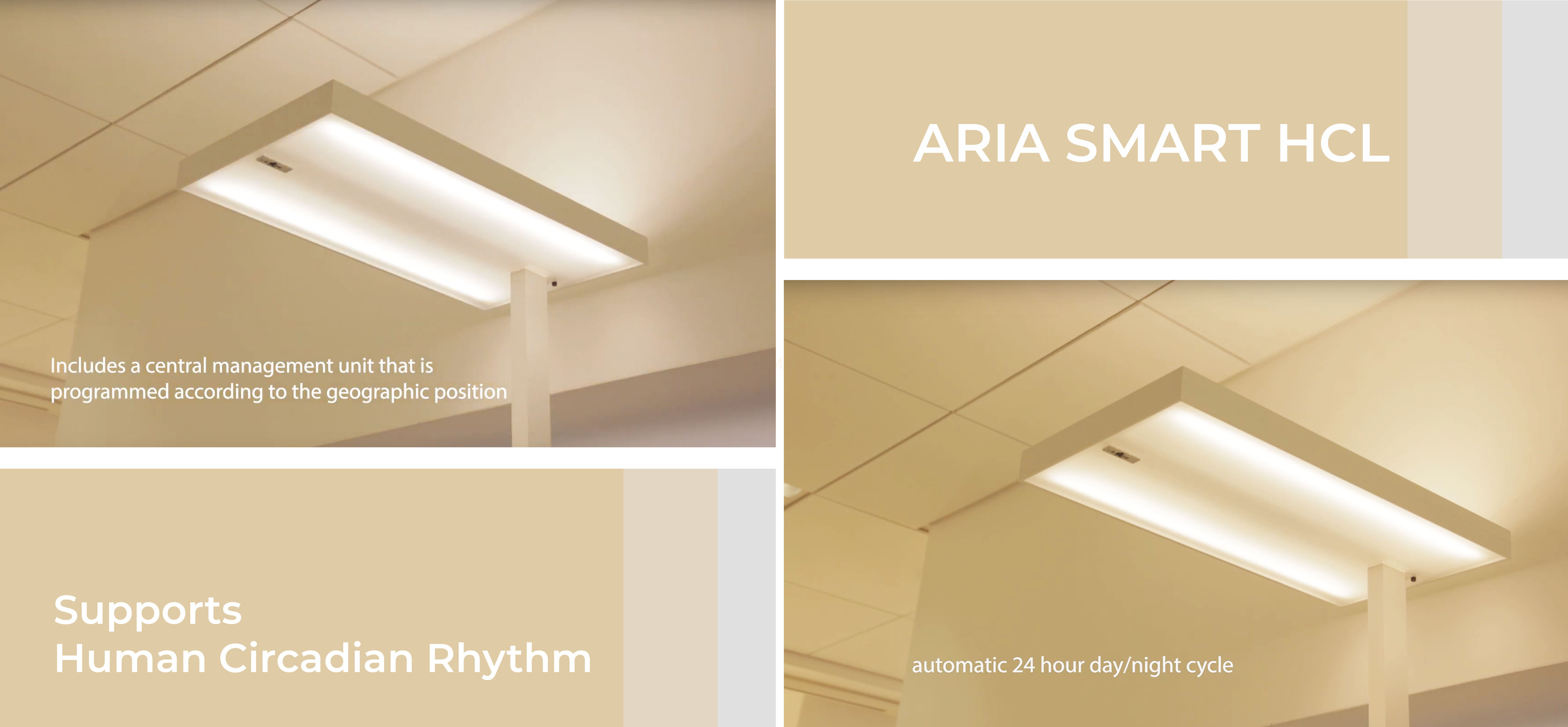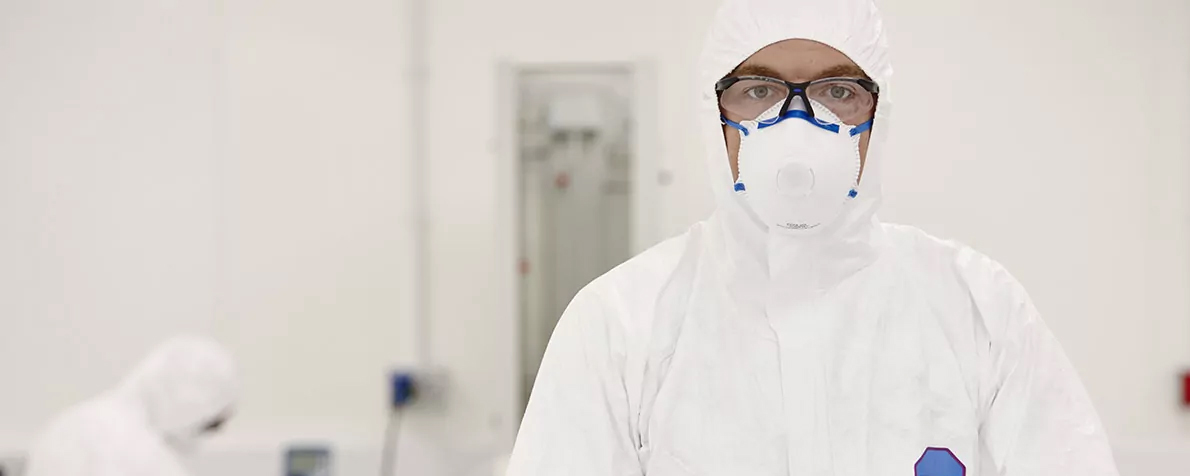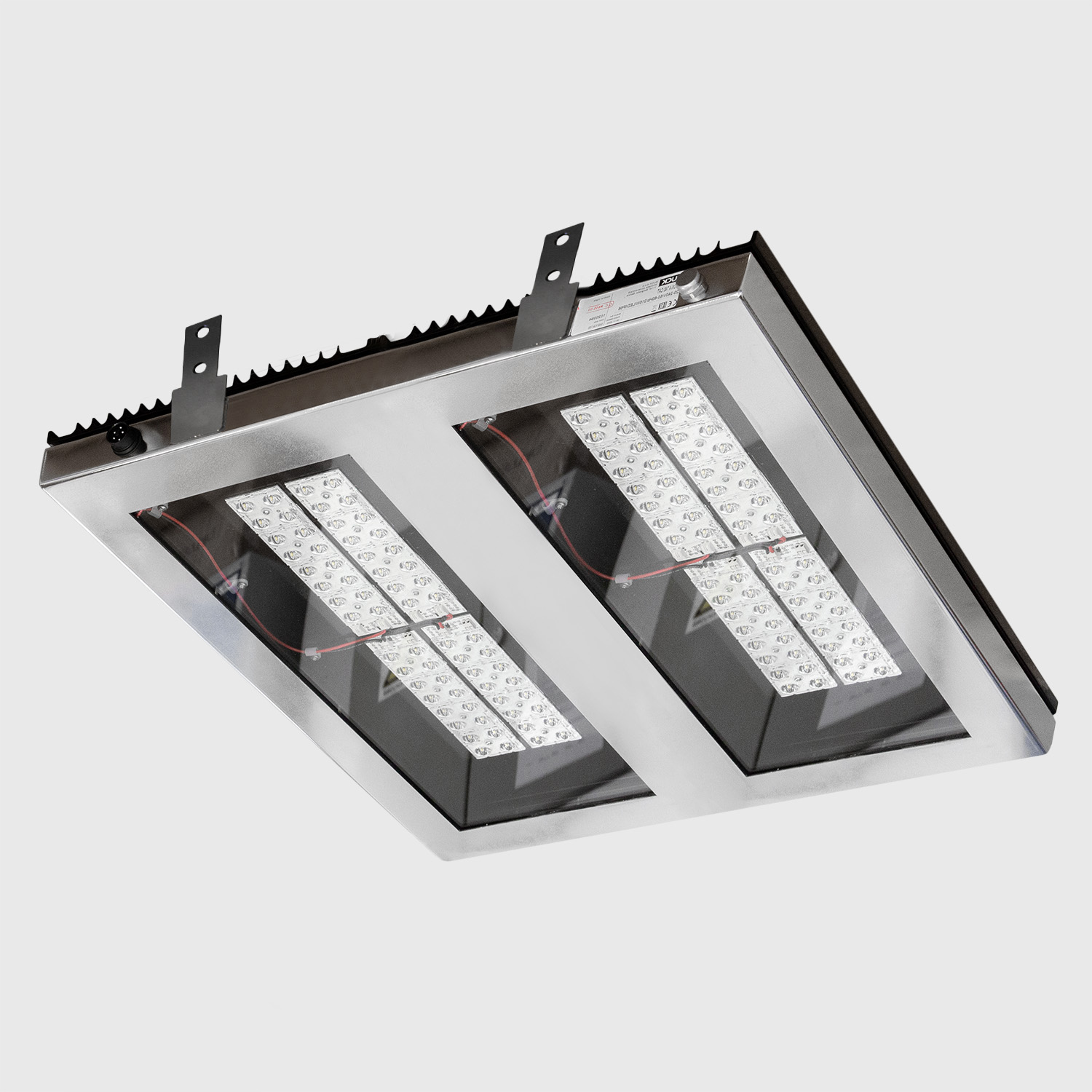Sleep is an important segment of the normal functioning of the human body. During sleep, the brain processes information from the previous day, the body regenerates and releases toxins, enabling normal functioning during the waking period.
After only one sleepless night, you can feel the consequences caused by lack of sleep, and after three missed sleep cycles, almost all functions in the body are performed far below average.
The importance of maintaining good sleep for general health is obvious, and light plays the role of the primary external regulator.
Sleep problems – why does light have a significant effect on sleep?
Most psychophysiological functions vary cyclically in intensity and type for 24 hours, which is the daily or circadian cycle. The change of day and night plays a crucial role in their regulation.
Our eye, regardless of the function of sight, detects light and darkness (day and night) through special sensory cells, forwards this information to a particular centre in the brain, which is our circadian clock, and controls:
- rhythm of wakefulness and sleep
- body temperature
- hormones that regulate many physiological processes in the body.
The fact that people who have severe eye injuries often suffer from sleep disorders, due to the lack of an external regulator of that process, speaks volumes about the influence of light. The eye is not only an organ of sight but also an organ for “tracking time”.
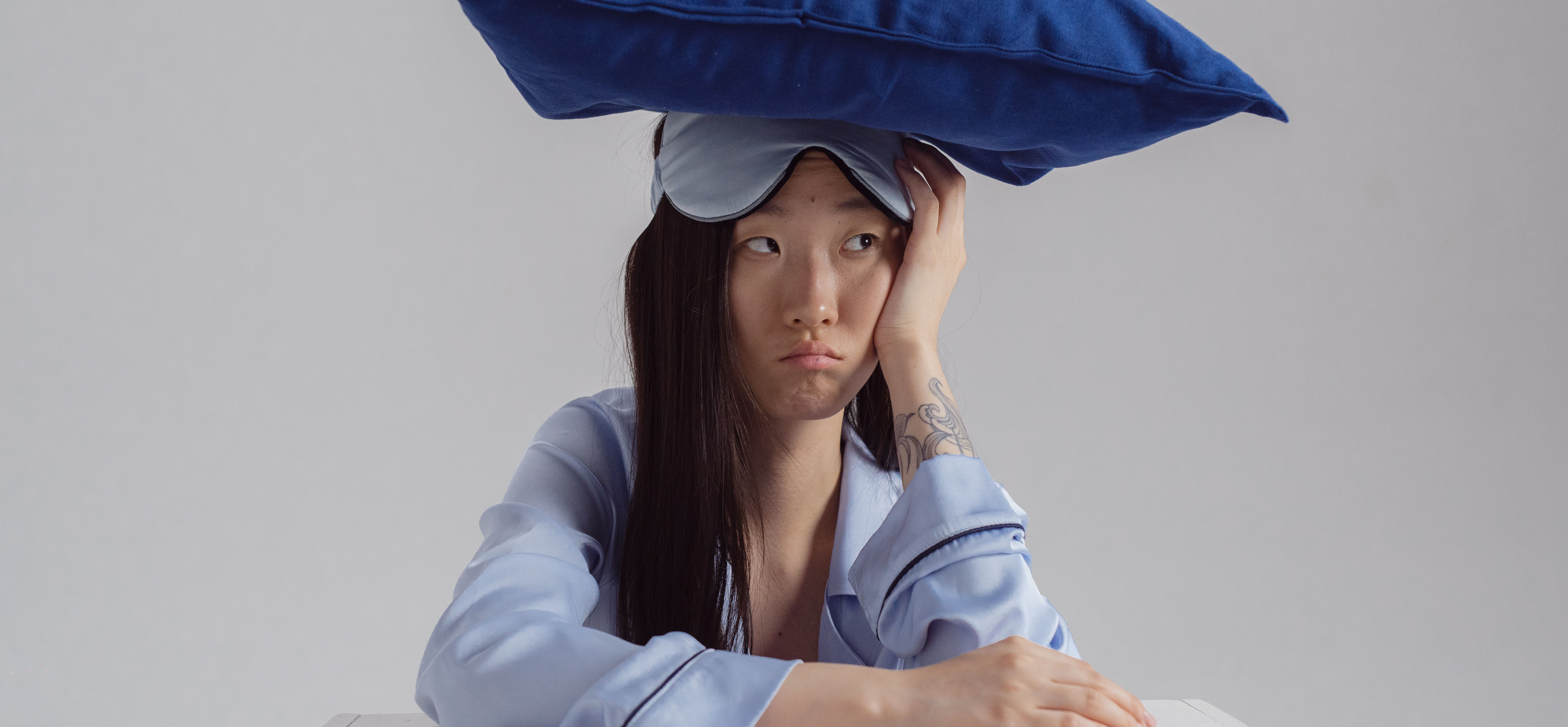
How does circadian rhythm work in humans?
Humans’ genetically structured daily rhythm is in normal conditions around 24 hours, and 70% of the population functions within that framework. Unlike the average, this cycle is shorter in some people, and in others, it is significantly longer. In addition to body temperature and other psychophysiological variables, these two types reach their highest values at different times of the day. Based on these differences, people are divided into chronotypes: early risers and night birds.
An interesting study (Pebble project, Center for Health Design, Princeton) included people of both sexes, based on which comparison of chronotypes was made. According to that research, it turned out that 65% of early risers are females, and 35% are nocturnal birds. On the other hand, different results were obtained in males. Namely, 48% of the surveyed men are early risers, while 52% of them can be said to be nocturnal birds.

Artificial lighting can significantly affect a person’s circadian rhythm
In recent times, the availability of artificial light has significantly changed our lighting environment, especially during the evening and night hours. Intense light can deceive our bodies by changing natural cycles and adapting to artificial creatures.
This has dramatically increased the risk of developing sleep and wakefulness disorders, so sleep problems are becoming more common. Exposure to inadequate night lighting over a long period can lead to other serious health problems.
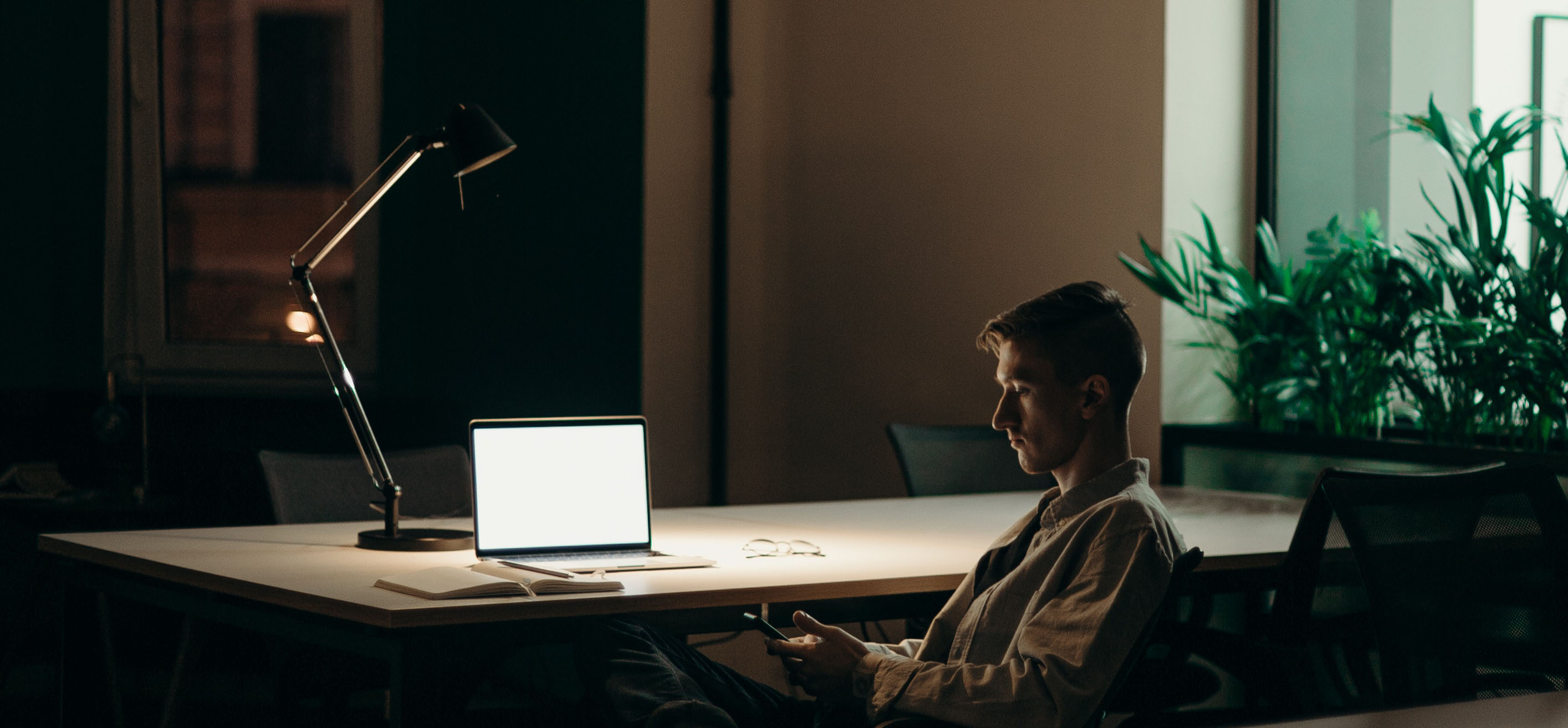
Not every artificial lighting is the same
Light from different sources has a different spectral composition, and its effect on humans is not the same. More pronounced lighting in the blue part of the visible light spectrum increases alertness attention. It accelerates activity, which is a big plus during the day, but it negatively affects the evening. It has a binding effect on preventing the secretion of hormones necessary for timely preparation for sleep. During the morning and evening, light sources with warm tones are more favourable, most similar to natural light at dusk or early morning.
Positive effects of LED lighting
More energy efficient, standard LED luminaires produce more blue light than luminaires with traditional light sources. However, the possibility of controlling the colour temperature of light, and with the latest generations and the spectral composition of LED sources in accordance with the time of day, classify LED lighting as the highest quality modern artificial lighting for business environments, hospitals and all other facilities.
BUCK is committed to the application of HCL (human-centric lighting) lighting principles. We have built the latest knowledge in this field into System S (HCL ready) luminaires, and especially the fully integrated ARIA SMART HCL solution with automatic daylight cycle monitoring mode at a specific location, with easy control via a mobile application.
Quality artificial lighting harmonized with the time of day, with a two-hour stay in natural light, especially in the morning, are the basic recommendations for improving the quality of sleep.
